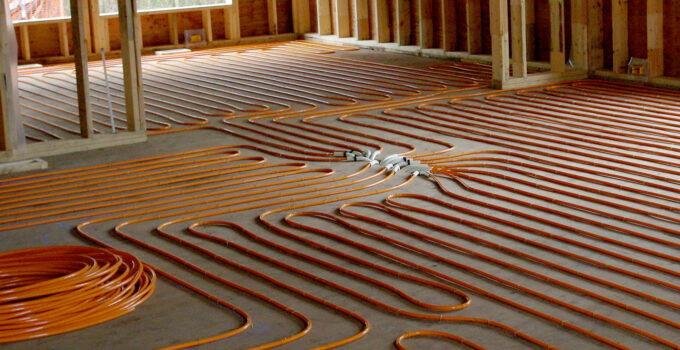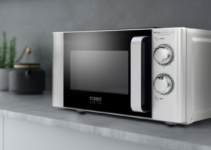Page Contents
What is radiant heating?
Radiant heating is a type of thermal heating that directly transfers heat from one object to another without any intermediary fluids. It takes place through radiation: energy emitted by a heated object travels through space until it strikes another object and heats it.
There are two main types of radiant heating systems: electric and hydronic. Electric systems use wires or panels to generate infrared radiation, which is then absorbed by objects in the room. Hydronic systems use hot water or steam to create radiating heat that indirectly warms objects in the room.
Both types of radiant heating have many advantages over other forms of home heating, including:
- Efficiency – Radiant heaters are much more efficient than traditional furnaces because they don’t waste energy on circulating air around the room (which can easily become drafty). In addition, there is no need for fans or blowers, so system noise levels tend to be very low compared to conventional forced air systems.
- Comfort – Radiant heat creates a warm “glow” that feels more natural and comfortable than blasts of furnace air blowing straight at you.
- Even Heating – With no cold spots created by convection currents, radiant heating provides uniform temperature throughout your space
The benefits of radiant systems over traditional HVAC systems
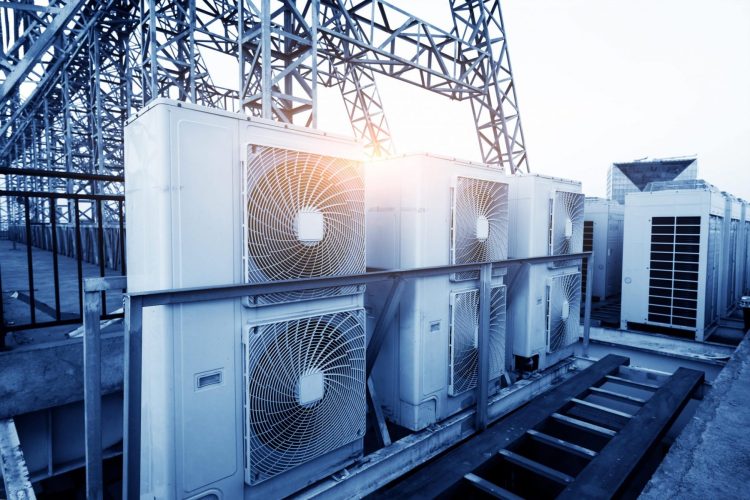
Source: coynecollege.edu
People often install traditional HVAC systems in their homes because they are more familiar with them or because they believe they provide better heating and cooling. However, some of the radiant systems offer several benefits that may make them a better choice for your home and one of them are those made by https://infragas.co.uk/ .
One major benefit of radiant systems is that they use far less energy than traditional HVAC Systems. Radiant heat circulates evenly throughout the room without creating drafts or noise pollution, so you can set your thermostat lower and still be comfortable. In addition, since there is no need for fans or blowers, the system’s noise level is much lower than conventional forced-air systems.
Another advantage of radiant heating is that it creates a more natural warmth than blasts of furnace air blowing straight at you. This makes it more comfortable to stay in one place rather than constantly moving around to find relief from the cold. And finally, due to the even distribution of heat provided by radiant heating panels/units, your home has no uncomfortable cold spots.
How to decide if a radiant system is a right choice for your home or office
There are several factors to consider when deciding if a radiant heating system is right for your home or office. Some of these include:
- The climate – If you live in a colder climate, a radiant heating system may be a better choice than other systems, as it will more effectively heat your space.
- Size of the building/space – A larger building or space will require more heating energy than a smaller one, so you’ll need to consider this when deciding.
- Type of flooring – Not all flooring materials can support radiant heating; tiles and concrete surfaces work best. So if you have outdated carpeting or hardwood floors that need updating, keep this in mind before choosing radiant heating panels/units.
- Budgetary considerations – Like any home renovation project, initial expenses are associated with installing a radiant heating system (although these usually end up being less expensive in the long run than traditional gas or electric furnaces). Make sure you factor these costs into your overall budget before making your final decision
The different types of radiant systems available on the market today
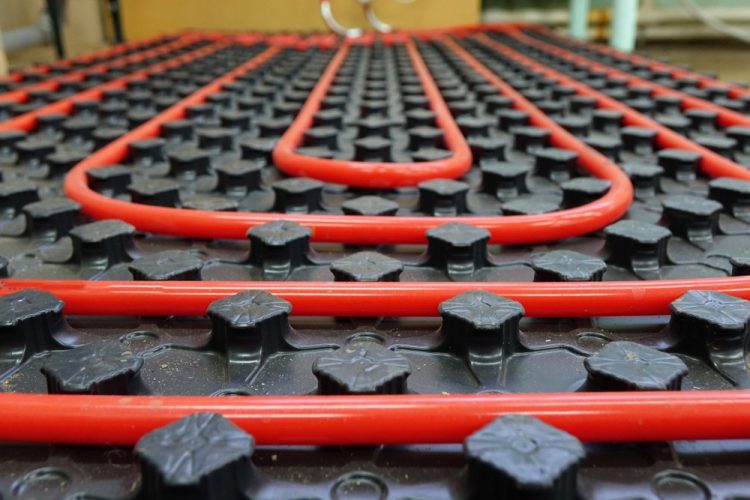
Source: magnoliacompanies.com
Radiant heating systems come in various types and sizes to fit nearly any budget. The most common type is the electric radiant system, which consists of mats or panels installed under the flooring that emits infrared heat. This system is relatively affordable and can be used with most existing flooring materials.
If you’re looking for something more luxurious, hydronic radiant heating systems are also available. These work by circulating heated water through tubes installed beneath the floors or walls; they provide even heat distribution and are ideal for large areas like basements and open-concept homes. However, they can be more expensive to install than electric systems.
Finally, there’s also the option of using a solar-powered radiant heating system. These use energy from the sun to heat your home’s water supply, which then circulates through tubes underneath the floors or walls (similarly to a hydronic system). While this may be pricier than other options up front, it has potential long-term savings due to its renewable energy source.
Installation tips and advice
Radiant heating systems are becoming increasingly popular in homes across the country. While they can be a bit pricier to install than other heating systems, they offer many benefits that make them well worth the investment.
One of the biggest advantages of radiant heat is its even distribution. This means that you won’t have to worry about hot or cold spots in your home – with radiant heat, every room will be equally comfortable. Additionally, because no burning is involved, radiant heating tends to be much healthier for you and your family than traditional furnace-based systems.
When installing a radiant system, it’s important to choose wisely when selecting tubing materials and placement options. For example, aluminum tubing installed
This system will typically drill small holes in the floor and run tubing under the surface. This is a great option if you are renovating your home, as it can be easily incorporated into the existing structure. Radiant heating systems also tend to be much quieter than other types of heating, making them perfect for homes with kids or pets.
If you’re considering installing radiant heat in your home, talk to a qualified contractor about your options – they can help you choose the right system for your needs and budget.
Conclusion
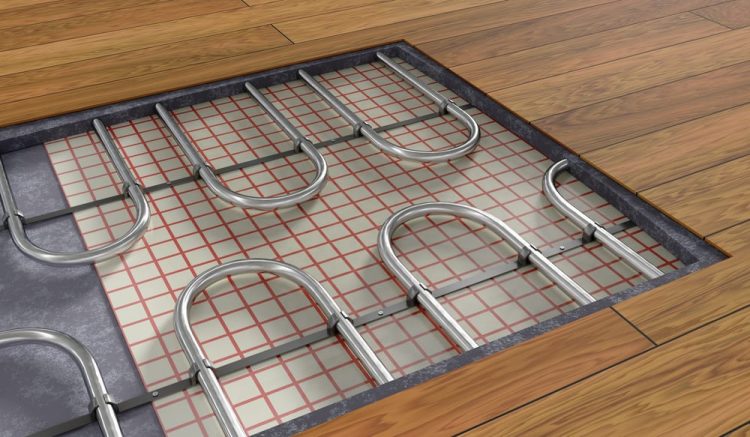
Source: wmhendersoninc.com
Radiant heating systems are a great way to add warmth and comfort to your home. They can be easily incorporated into the existing structure and tend to be much quieter than other types of heating. If you’re considering installing radiant heat in your home, talk to a qualified contractor about your options – they can help you choose the right system for your needs and budget.

